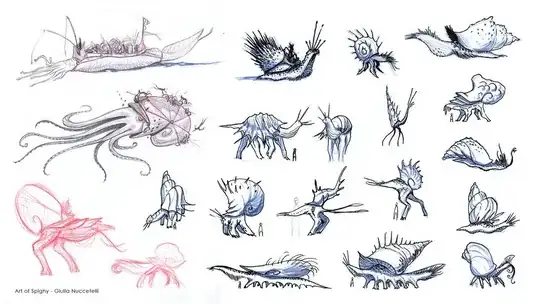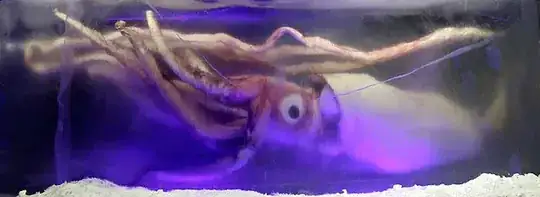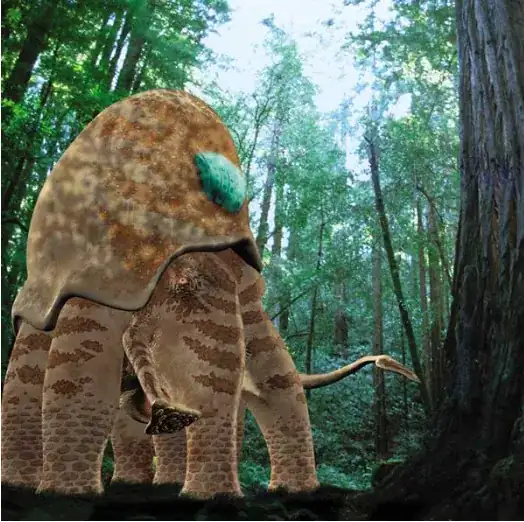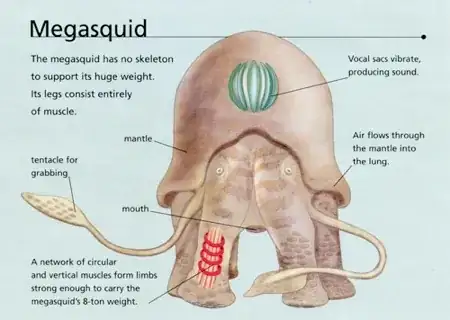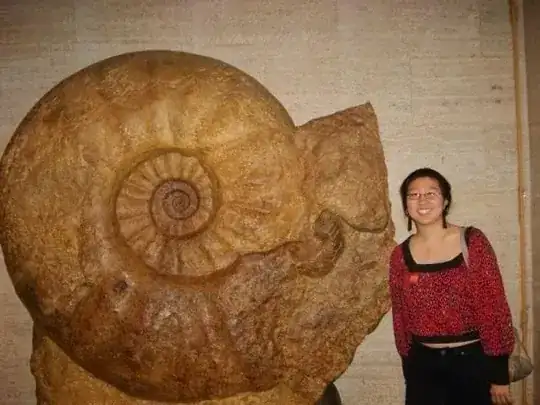Giant molluscs - particularly cephalopods - are frequent subjects in speculative evolution. Another answer talks about the Megasquid and Squibbon from TFiW, but there are many more I can think of from hobbyist SE projects. For example:
The Stalker, a predatory descendant of the cuttlefish:

The Desert Hopper, a macropod-like snail:
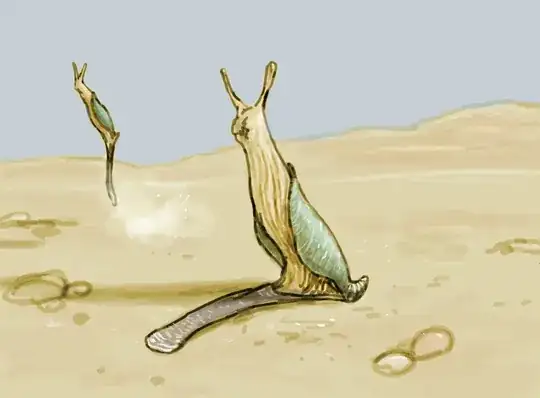
Dragonsquids, cephalopods that fly with their lateral flaps:
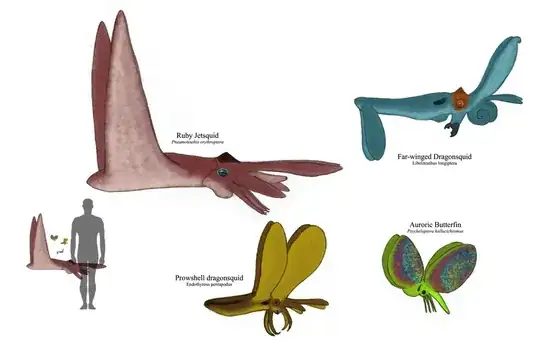
Believe me, there's a lot more where that came from.
So, giant molluscs are very much plausible, at least according to many speculative evolution fans. But how? Aspiring speccer vcubestudios wrote this on Deviantart:
"Rising out from swamps and marshes, a kind of convergent evolution has taken place, calling back to the days of tiktaalik and protostega. But these were not lobe finned fish, nor were they amphibians. They were octopuses, cuttlefish and squid, mimicking the course of evolution taken by vertebrates eons ago. They waded about in the shallows, slowly creeping onto land. Their shells developed inside of their bodies, even becoming like limbs to support their weight on the earth."
Alas, I'm not going to simply cram other people's information into your face and leave. I too am a practitioner of much speculative evolution, so I'll lend some of my own theories to you.
The accepted answer tells you that you couldn't get giant molluscs past human-size. That is correct - if the terrestrial molluscs had no skeleton. But that answerer evidently didn't consider the possibility of internal shells.
The snails, the nautiloids, and the ammonoids and belemnoids of old are all shelled molluscs. It is by no means unreasonable to think that other mollusc groups could A) evolve shells and B) internalize them. This would serve as an analog of an endoskeleton.
I recommend you look at Wikipedia's page on human evolution, to show you how life crawled out of the land and came to rule it. But, a mollusc domination of the planet won't be so similar to ours.
What could be really interesting about your future world is that there could be animals with anywhere from one foot (Gastropods) to ten feet (Cephalopods). If you want cephalopods to colonize the land, they'd need to evolve tougher skin and a more adaptable respiratory system as well as that endoskeleton, but they're a very advanced group so I wouldn't put it past them.
In the water, molluscs could also evolve giant forms, much more so than on land. One thinks of Spec Dinosauria's Balaenoteuths, squids that evolved into the niche of whales in the absence of mammals:
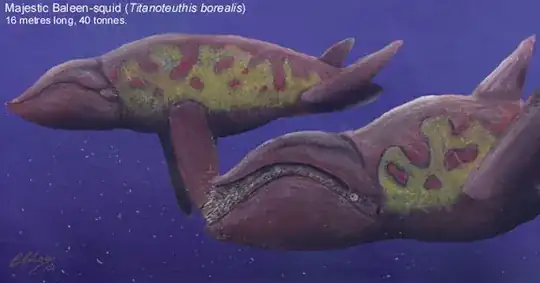
That's about all I've got for now. I know that you've accepted an answer, but I thought it didn't really consider the possibility of pseudo-endoskeletons, which could dramatically increase the size of your "sandpit" when considering giant molluscan forms.
I also highly recommend you look at some of these pages (Particularly the one on Balaenoteuths, and that youtube presentation), as they will doubtlessly give you countless ideas.
I hope this helps, and wish you every fortune in your new worldbuilding project. If you'd like some more informations about speculative evolution and molluscs, a quick Google search of the relevant keywords should yield many more pages.
